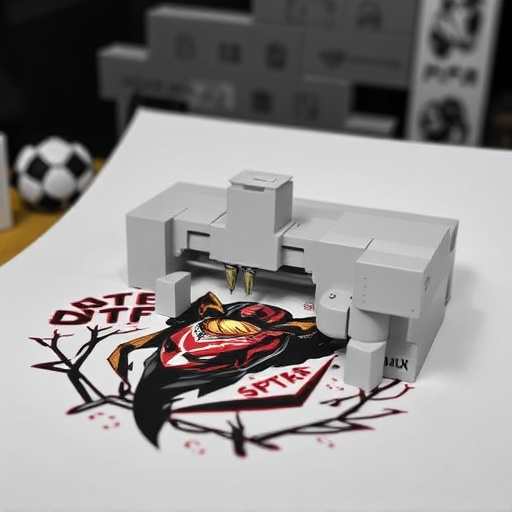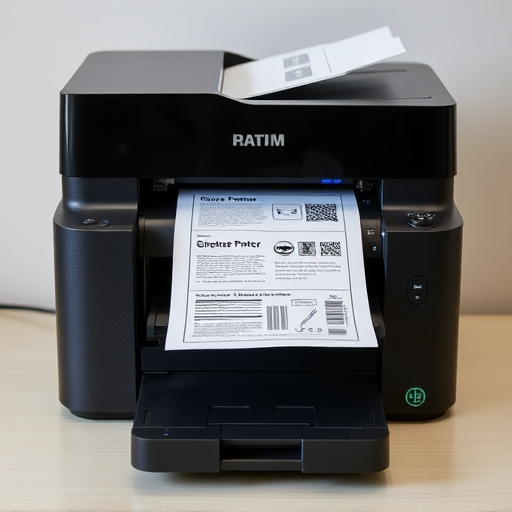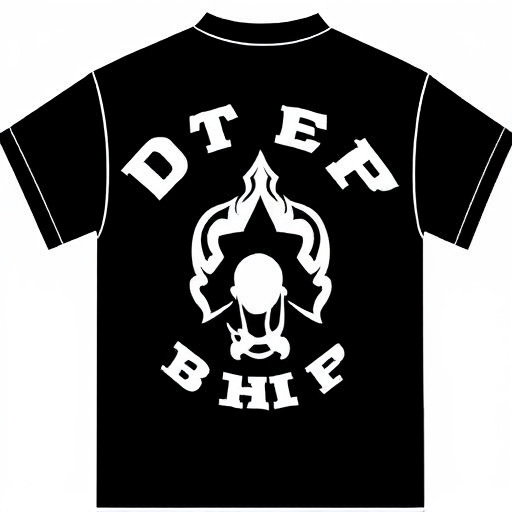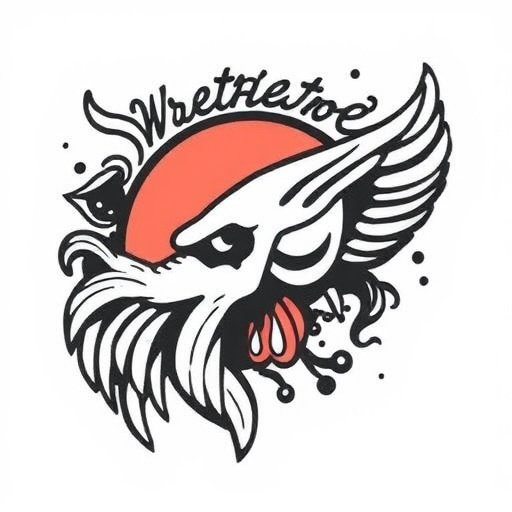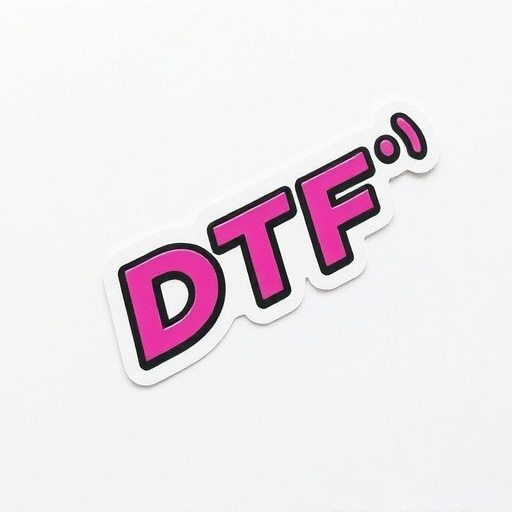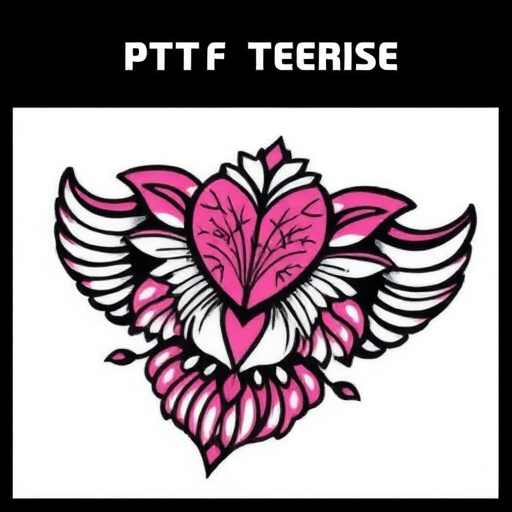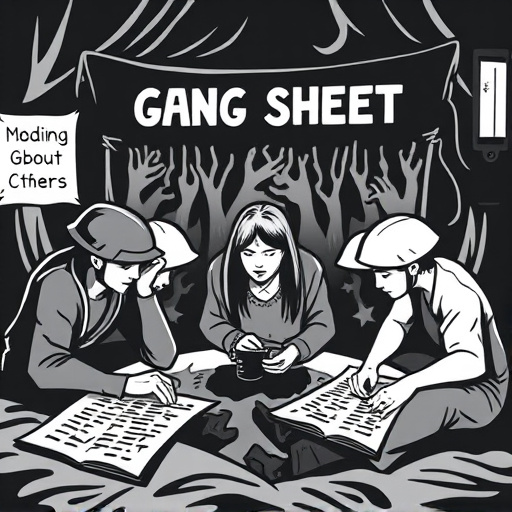DTF Transfer Gang Sheet errors arise from improper file preparation, such as incorrect formats or color profiles, leading to printing issues. Meticulous attention to detail is crucial for custom apparel orders. Advanced techniques involve thorough scrutiny of data formatting, system integration, and design requirements in gang sheets to overcome mapping errors and compatibility problems. Custom configurations and specialized DTF processing tools enhance accuracy, efficiency, and productivity, minimizing downtime caused by these errors.
In the realm of data management, the DTF Transfer Gang Sheet is a critical tool for seamless information exchange. However, errors can arise, causing disruptions in the transfer process. This article serves as your comprehensive guide to troubleshooting common DTF Transfer Gang Sheet errors. We’ll delve into understanding these errors, exploring typical causes and their solutions, and providing advanced techniques to navigate complex issues. By the end, you’ll be equipped to ensure smooth data transfers.
- Understanding DTF Transfer Gang Sheet Errors
- Common Causes and Their Solutions
- Advanced Troubleshooting Techniques
Understanding DTF Transfer Gang Sheet Errors
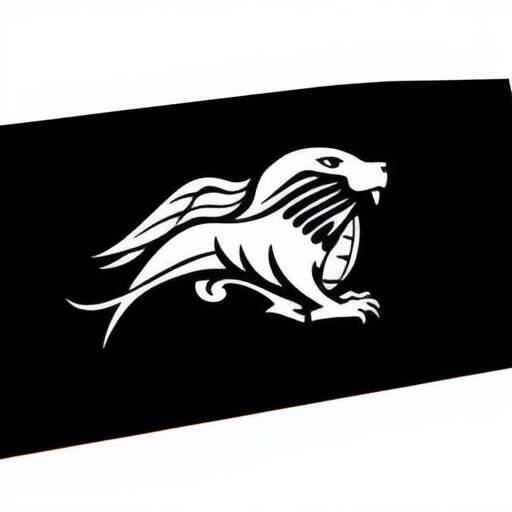
DTF Transfer Gang Sheet errors can be frustrating for anyone looking to create custom DTF custom apparel or design their own DTF gang sheets. Understanding these common issues is the first step in troubleshooting them effectively. Each error provides a unique challenge, from file format incompatibilities to resolution problems and misaligned designs.
By familiarizing yourself with the specific error messages and their underlying causes, you’ll be better equipped to navigate the process of creating or uploading your own gang sheet. Whether you’re working with a custom DTF gang sheet or using a standard template, knowing how to interpret these errors allows for precise adjustments, ensuring your final design is printed accurately on the DTF transfer material.
Common Causes and Their Solutions
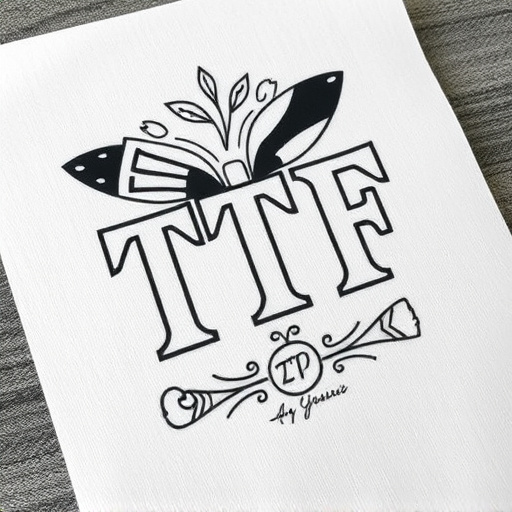
Common Causes and Their Solutions
One of the primary reasons for DTF Transfer Gang Sheet errors is inadequate or incorrect DTF file preparation. This can include issues with file format, resolution, or color profiles. Before sending your design to production, ensure your DTF file adheres to industry standards and is optimized for the printing process. Using high-quality graphic design software and following best practices for file export will significantly reduce these errors.
Additionally, managing small orders and custom apparel can introduce unique challenges. While larger orders often benefit from standardized procedures, smaller runs or custom designs may require adjustments in setup and preparation. Double-checking each step, from design to printing, is crucial to avoid mistakes. Custom apparel, for instance, might demand specific considerations for cut lines, hemming, and other details that can affect the transfer accuracy.
Advanced Troubleshooting Techniques
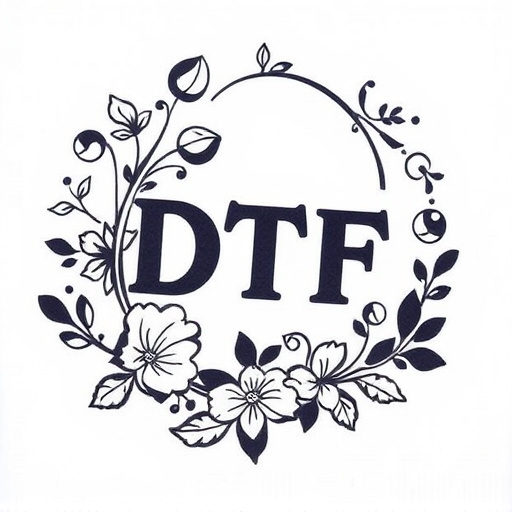
When conventional troubleshooting methods fail to resolve DTF Transfer Gang Sheet errors, it’s time to explore more advanced techniques tailored for this specific issue. These sophisticated strategies delve into the intricacies of the DTF fast delivery process, scrutinizing each step from data formatting to system integration. Understanding and adhering to precise design requirements detailed in custom DTF gang sheets can significantly mitigate potential pitfalls.
By employing these advanced approaches, users can navigate complex labyrinths of data mapping errors, compatibility concerns, and communication protocols. Customizing configurations and leveraging specialized tools designed for DTF processing can further enhance accuracy and efficiency. This tailored approach ensures that every element of the transfer process—from source to destination—function seamlessly, ultimately optimizing productivity and minimizing downtime associated with DTF Transfer Gang Sheet issues.
DTF Transfer Gang Sheets are a critical component in many industrial processes, and understanding their errors is key to maintaining smooth operations. By identifying common causes like misalignment, wear and tear, or data corruption, and employing advanced troubleshooting techniques, you can effectively resolve issues and prevent downtime. Regular maintenance and staying informed about best practices will ensure your DTF Transfer Gang Sheets operate at peak performance, streamlining your workflow and enhancing overall efficiency.








